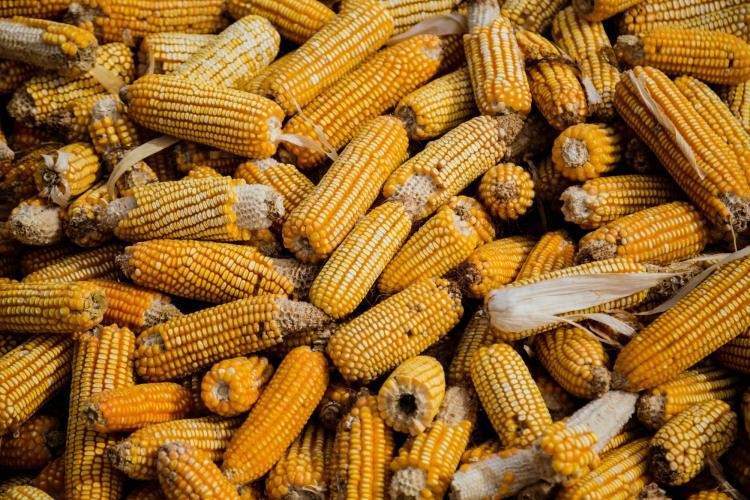Soil degradation costs U.S. corn farmers a half-billion dollars every year

Published: February 8, 2021
Category: Regenerative Agriculture
One-third of the fertilizer applied to grow corn in the U.S. each year simply compensates for the ongoing loss of soil fertility, leading to more than a half-billion dollars in extra costs to U.S. farmers every year, finds new research from the University of Colorado Boulder published last month in Earth’s Future.
Long-term soil fertility is on the decline in agricultural lands around the world due to salinization, acidification, erosion and the loss of important nutrients in the soil such as nitrogen and phosphorus. Corn farmers in the U.S. offset these losses with nitrogen and phosphorus fertilizers also intended to boost yields, but scientists have never calculated how much of this fertilizer goes into just regaining baseline soil fertility—or how much that costs.
“We know there’s land degradation going on even in U.S. modern agriculture, but it’s really difficult to pin down how much and what impact it has,” said Jason Neff, corresponding author on the paper and director of the Sustainability Innovation Lab at Colorado (SILC). “These findings provide more information to farmers so they can make decisions that benefit them economically, but also support a more sustainable form of high-yield agriculture.”
The U.S. is one of the most productive countries in the world when it comes to corn, growing more than 4.46 tons per acre farmed. In the 2018-19 growing season alone, U.S. farms produced more than 366 million metric tons of corn which generated $14.5 billion in revenue. The U.S. is also one of the world’s largest users of fertilizer, applying more nitrogen and phosphorus per acre than its high-yield agricultural counterparts in the European Union.
But using fertilizer doesn’t just cost farmers and governments money. It also comes at an environmental cost. A large portion of the global greenhouse gas emissions caused by agriculture—24% of global emissions in 2010 and 10% of U.S. emissions in 2018—comes from fertilizer production. This means that steps taken to reduce fertilizer use also help address rising greenhouse gases.
Excess nitrogen and phosphorus that runs off fields and into rivers and lakes also creates unhealthy conditions for freshwater and marine life, and is responsible for the Dead Zone in the Gulf of Mexico—a large area depleted of oxygen and devoid of ocean life, including many commercially important species. When we consider not only dollars spent by farmers but also nutrient loss and impacts to the Mississippi River, the costs go from billions to over a trillion dollars every year, said Neff.
“If you can drop the fertilization, while maintaining the yields that we need and the economic outcomes that farmers want, then why not, right? That’s a win-win,” said Neff.
Practices like regenerative agriculture, which restore soil fertility on lands actively being farmed, will also reduce the costs and environmental impacts of fertilizer use. Healthier, more fertile soils can also capture more carbon, hold more water and keep excess nutrients from running off into ecosystems that can’t handle them.
Farmers can reduce how often they till their fields, add and increase erosion control measures, as well as use more organic fertilizers, like compost. These can actually help reduce the amount of inorganic fertilizers—nitrogen and phosphorus—needed in the soil.
“My hope is that this information supports national and international efforts to build back soil fertility,” said Neff.
Source: University of Colorado at Boulder
To view full article, visit:
https://www.colorado.edu/today/2021/01/12/soil-degradation-costs-us-corn-farmers-half-billion-dollars-every-year
Organic & Non-GMO Insights February 2021








